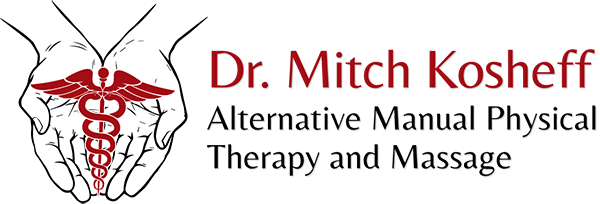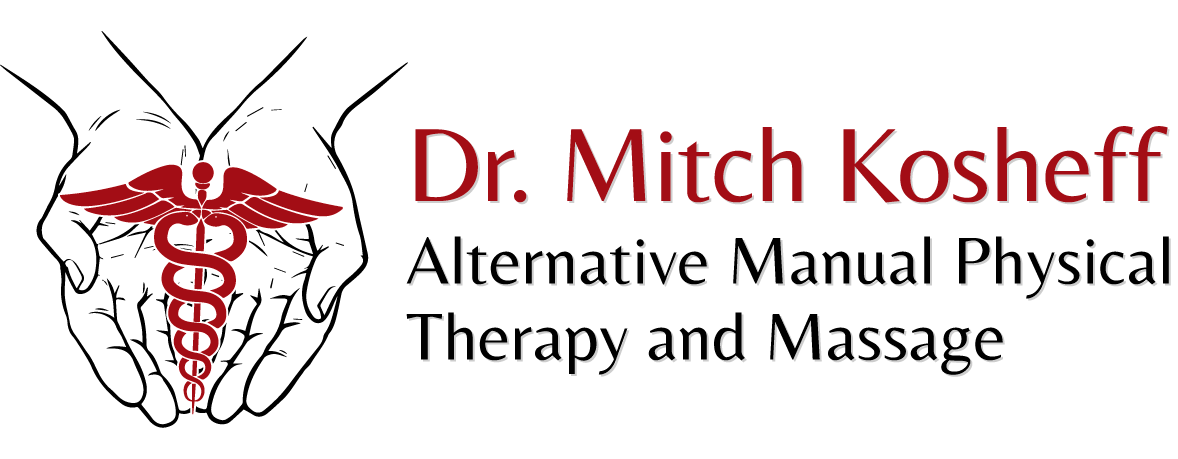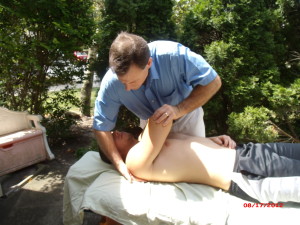THE STUDY
A new study published in the August issue of the “Annals Of Internal Medicine” compared the outcomes of patients with shoulder impingement syndrome who were treated with corticosteroid injections only, with those treated with manual physical therapy.
Participants in the study in were followed for 1 year. After 1 year, the study showed that the participants in both groups had equal outcomes. However, there were more visits and higher costs associated with those in the corticosteroid injection group.
Of the participants in the corticosteroid injection group, 60% needed further treatment. And of the 60%, 19% were referred for physical therapy to resolve the impingement. Of the participants in the manual physical therapy group 6 sessions were allotted with only 37% requiring additional treatment.
SHOULDER IMPINGEMENT SYNDROME
Shoulder impingement syndrome is a condition in which one or more muscles of the rotator cuff becomes pinched. Causes of shoulder impingement’s vary from poor posture, to improper body mechanics with exercise and other physical activities, to accidents and injury. It begins with decreased range of motion at the shoulder. And if untreated, leads to rotator cuff tendinitis, rotator cuff tears, and bursitis. Treatment for shoulder impingement syndrome can be either cortisone injections, or physical therapy, or both physical therapy and cortisone injections, and if severe, surgery to decompress the shoulder.
THE SHORTCOMINGS OF CORTICOSTEROID INJECTIONS
Corticosteroids are effective in reducing tissue inflammation. And, if tissue inflammation is severe corticosteroids are necessary. However, corticosteroids do not address the cause of the inflammation. If the source of the inflammation is not found and resolved, then the tissues involved will likely become re-inflamed after the corticosteroid has worn off. Corticosteroids are not without side effects. One side effect is post injection pain. Also, repeated use of corticosteroids can cause weakening of tissues and future tissue tears.
MANUAL PHYSICAL THERAPY
Manual physical therapist are trained to not just treat symptoms of shoulder impingement’s, but to trace through the body and identify the cause. And, the only side effect might be brief lasting, temporary soreness from releasing contracted tissues and trigger points. There are no painful injections, and no weakening of tissues leading to future tissue tears.
In my experience, if there is no inflammation of tendons or bursa, and no tendon tears then only 1-2 visits are necessary to find and release the source of the impingement. However, if there is tendinitis, bursitis, or partial tendon tares then additional visits are required with very specific exercise activities to facilitate the healing of inflamed tissues; after the source of the impingement had been found and released.
If you live Ocean county, Monmouth county, or eastern portions of Mercer county in New Jersey and are having shoulder impingement issues, read through my website at: www.drmitchpt.com. Then give me a call at: (732) 642 – 5055


